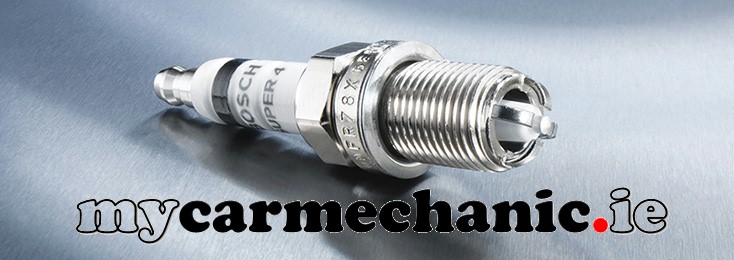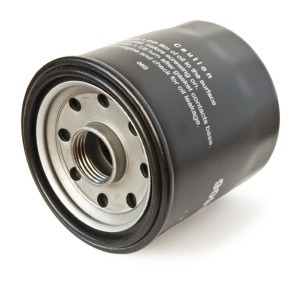Many motorists are of the belief that modern vehicles do not require regular servicing. (its new, its modern, and its strong, it cant breakdown !!) Nothing could be further from the truth.
Sure, modern vehicles are equipped with the latest technology, and more and more new stuff is developed on practically a weekly basis. The dashboard of your car is more like the cockpit of a modern airliner than a family run around. A warning light for practically every function on board your vehicle. However…Ignoring these warning lights can prove costly and expensive, and may even be dangerous.
Engine components are so finely machined and tuned today, that regular servicing has never been more important. “Oil” is the blood of your engine.
Simple practices like regularly changing the oil in your engine can dramatically reduce engine wear, improve fuel consumption, and help improve the life of the turbo charger (diesel engines) and catalytic converter. Some manufacturers are now recommending oil change intervals at 30,000 kilometres. If you travel 10,000 kilometres per year, then that would mean the oil would be in your engine for 3 years. This can be detrimental to your engine and in the long run, expensive on your pocket.
Essential servicing doesn’t have to be expensive,you’d be surprised how cost effective regular check up,s for your vehicle can be. At mycarmechanic we would be happy to fulfill your service needs and explain the relevant cost before any work begins.
So at mycarmechanic you’ll always know where you stand.
Visit our
Service Menu
for pricing.
A word about vehicle servicing
Many garages will offer discount servicing,or servicing at a price that sounds too good to miss. Always ask what’s included in the price. There are many types of vehicle service, depending on the make, model, age, and mileage of your vehicle. For example, if your car hasn’t been serviced for quite some time, the chances are an Oil Service won’t cover all the points that may need to be checked. Likewise, if you drive a high spec model, we wouldn’t recommend you avail of an oil change deal for €50. This is one industry where one size definitely does not fit all. when you book a service with “mycarmechanic.ie” we will take a few minutes to ask you about your car. Your annual mileage, when it last had a service, the type of driving you do, if its urban or motorway, and base your service needs on this information. We offer a full range of realistic service products to suit your car and your pocket. When we offer a service deal the quality will never be comprised. So whether its an Oil Change, or a Major Service you need, at “mycarmechanic.ie” we will endeavour to cut the cost….. But never the corners.
Timing Belts
What is the funcion of the timing belt?
The timing belt is the driving link between the crankshaft and the camshaft. Its primary function is to operate the engine’s valves via the camshaft. It can fulfil additional functions like driving the coolant pump as is the case in many modern vehicles.
Why does the belt break?
It is imperative to replace the timing belt at the manufacturer’s specified intervals even if it appears in good condition when removed. It is impossible to predetermine the exact time when a belt will fail. The manufacturer has to set the replacement intervals at relative low mileage in order to guarantee reliable engine operation under various conditions. This is not something workshop owners invented to make more money. The rate of wear and deterioration is governed by age and engine revolutions.
What Happens When The Belt Fails?
The most common scenario when a belt snaps will be that the pistons hit and bend several valves, usually the connecting rods and pistons will survive. The moment the belt breaks, the camshaft will stop turning almost immediately while the crankshaft will keep going under its own inertia or it can be pushed along by the movement of the vehicle in the case of a manual car. It doesn’t always take a broken belt to bend valves. A worn and loose belt can jump a few teeth, which will allow the camshaft to keep on turning. The engine will loose power immediately as the valve train now is out of timing. Again, the damage is done by the engine’s or the vehicle’s inertia and is usually worse than with a broken belt. With a broken belt it is possible that the majority of the valves remain closed and therefore are protected from the advancing pistons. In the second case however, once one lot of valves is bent the next lot gets forced open and bent until the job is completed. On the other hand it is possible for a belt to jump out of timing without interfering with a single valve. We had one vehicle arrive on a tow truck with no start, no compression. All that was needed was a new timing belt to make the lion purr again. Very few people are ever that lucky.
How about the pump and pulleys?
The water pump (if it runs on the timing belt) and the tension and idler pulleys need to be inspected every time the timing belt is replaced. Seizure of a bearing will lead to almost instant belt failure. As a rule of thumb we at mycarmechanic.ie always recommend a complete change of timing belt, pulley’s,and tensioner, and water pump where appropriate. Job Done.


